Initial pre-sale success of the Google Pixel 9 Pro is indicative that smaller phones matter
We may earn a commission if you make a purchase from the links on this page.
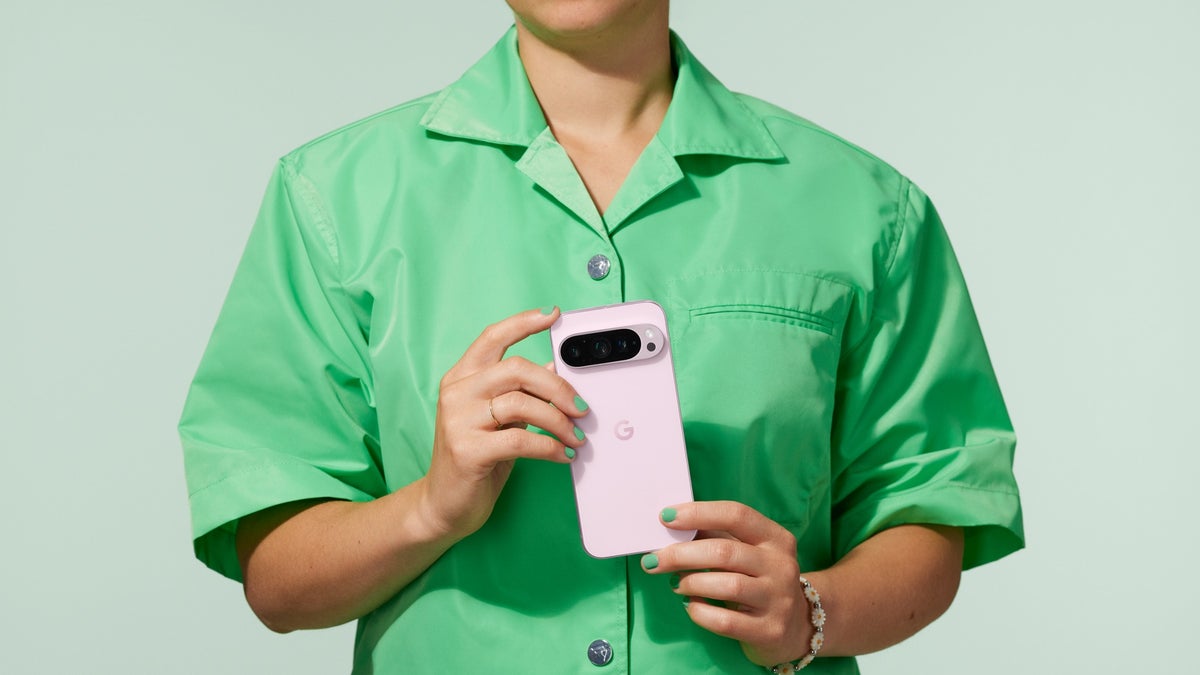
Image credit — Google
Another reason for the Pro's popularity could be its potential for longer battery life. While battery technology has improved significantly, and technically a larger phone can fit a larger battery, larger screens still require more power. A smaller screen, as seen in the Pixel 9 Pro, typically means less energy consumption, potentially translating into longer battery life for users who are constantly on the go.
Another factor to consider is the lower cost of the phone itself, as well as its accessories. The 6.3" Pixel 9 Pro is a hundred dollars cheaper than the 6.8" Pixel 9 Pro XL. Furthermore, cases for smaller sized phones are typically less expensive as well. Although the price difference is not huge, if you are the type of person that likes to change things up and switch cases often, these smaller expenses do add up.
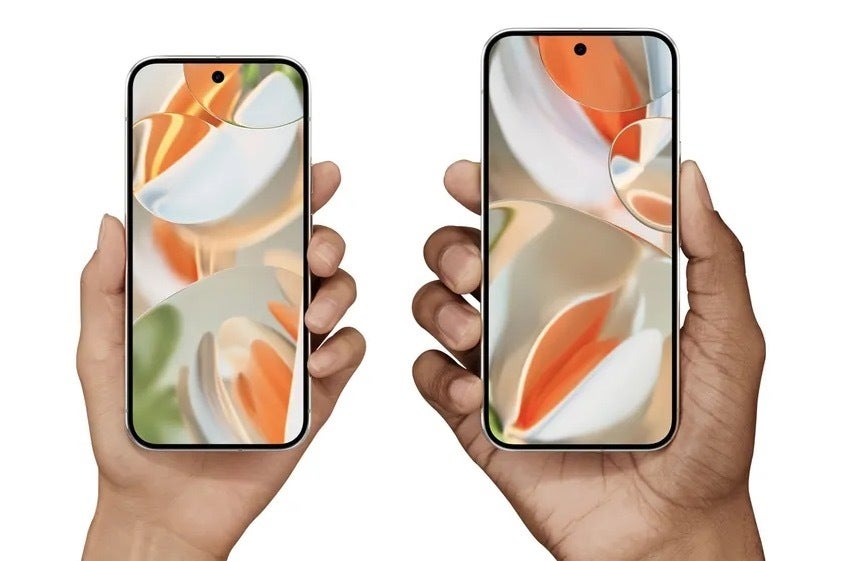
Pixel 9 Pro versus Pixel 9 Pro XL size | Image credit — Google
This surprise preference for the Pixel 9 Pro underscores the importance of user-centric design. By prioritizing one-handed usability, longer battery life, and overall convenience, Google seems to have tapped into a significant market segment that was underserved by the prevailing trend of large-screen phones. Aside from Apple, which offers 6.1" and 6.7" options for its Pro phones, for Android users that preferred compact phones the only option left was the Asus Zenfone 10 — but even that was threatened with the release of the Zenfone 11 Ultra and the possibility that this was the end of Asus' efforts into making small phones.
The suggested success of the Pixel 9 Pro's sales also carries broader implications for the future of smartphones. It could signal a shift in consumer preferences, with more people looking for smaller and more manageable flagship devices. This could lead to more phone manufacturers offering smaller options alongside their larger flagships, providing greater choice and diversity for consumers.
It's also worth noting that, should the Pixel 9 Pro triumph over the XL, it could challenge the notion that bigger is always better. In a world where flagship phones are often defined by their massive screens, the Pro demonstrates that sometimes great things can be packed into a smaller package. This could encourage manufacturers to focus more on optimizing features and functionality within a smaller footprint, rather than simply increasing screen size.
The Pixel 9 Pro's popularity also has implications for the Android ecosystem as a whole. Google's flagship phones have always been seen as a benchmark for Android innovation and user experience. The success of a smaller Pixel model suggests that Android users are looking for more diverse form factors, and that Google is responding to those preferences. This could lead to more variety and innovation in the Android smartphone market, with manufacturers experimenting with different sizes and designs to cater to various user needs.
The Pixel 9 Pro's smaller size is undoubtedly a key differentiating factor in a market saturated with large-screen devices. It is still too early to tell, considering the device hasn't even launched yet, but if pre-sale shipping dates are an indication of its popularity, it could be a testament to the enduring appeal of smaller, premium smartphones. It highlights the importance of offering diverse choices to consumers and suggests that the smartphone industry may be moving towards a more balanced approach to design, where both large and small form factors have their place.
It's also worth noting that, should the Pixel 9 Pro triumph over the XL, it could challenge the notion that bigger is always better. In a world where flagship phones are often defined by their massive screens, the Pro demonstrates that sometimes great things can be packed into a smaller package. This could encourage manufacturers to focus more on optimizing features and functionality within a smaller footprint, rather than simply increasing screen size.
The Pixel 9 Pro's smaller size is undoubtedly a key differentiating factor in a market saturated with large-screen devices. It is still too early to tell, considering the device hasn't even launched yet, but if pre-sale shipping dates are an indication of its popularity, it could be a testament to the enduring appeal of smaller, premium smartphones. It highlights the importance of offering diverse choices to consumers and suggests that the smartphone industry may be moving towards a more balanced approach to design, where both large and small form factors have their place.
Follow us on Google News


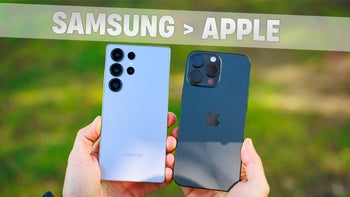
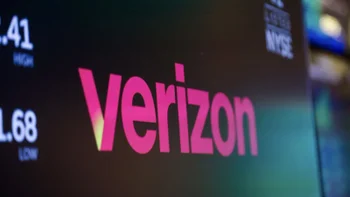

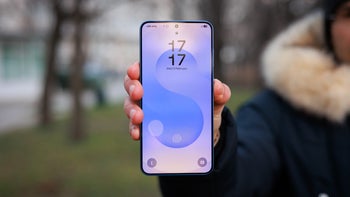
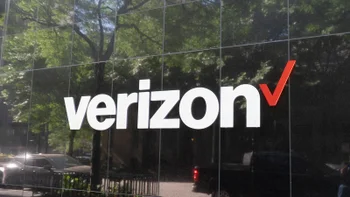
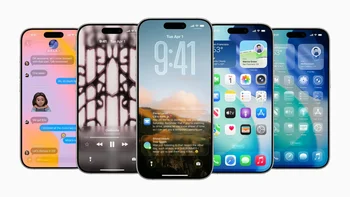
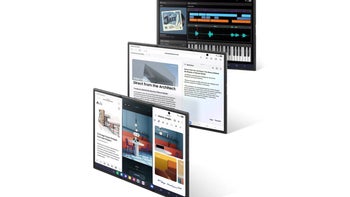
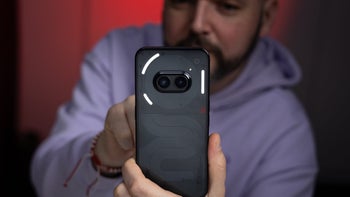
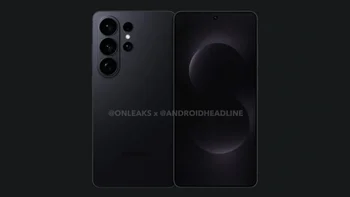
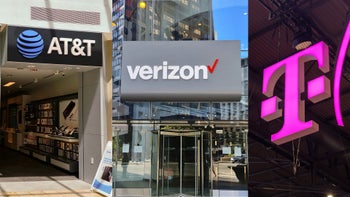

Things that are NOT allowed:
To help keep our community safe and free from spam, we apply temporary limits to newly created accounts: